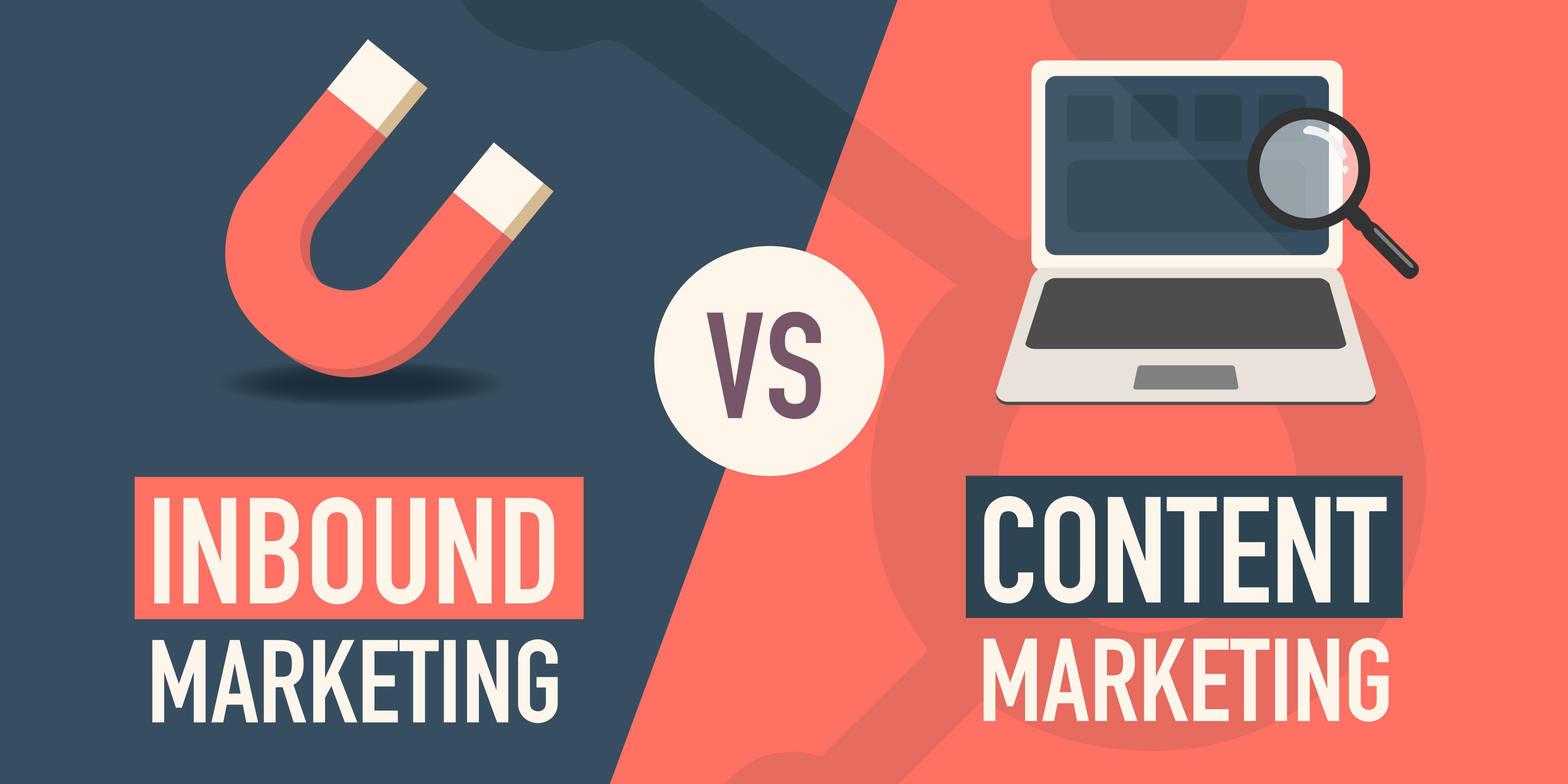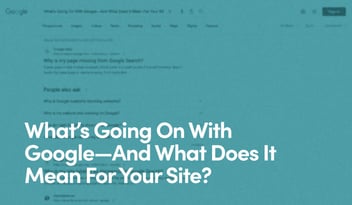Content Marketing vs. Inbound Marketing

While sometimes used interchangeably, inbound marketing and content marketing are actually not the same. They have similarities, including the philosophy behind them, but they have crucial differences that are important to understand.
What is content marketing?
While the term "content marketing" was first coined close to 20 years ago, its practice dates back even further. In fact, one of the earliest examples was in 1895, when farming equipment company John Deere created a magazine called The Furrow to distribute to farmers as a resource. Another amazing example came in 1904, when the then-struggling gelatin desserts company Jell-O tried one last strategy to save the business: They created and distributed a recipe book featuring Jell-O as the main ingredient. By 1906, sales had risen by $1 million.
Today, content marketing relies on tactics such as blogging, white papers, digital magazines and eBooks to house and distribute relevant content. All is made specifically with the brand's target customer in mind, and typically created for various parts of The Buyer's Journey.
What is inbound marketing?
Inbound marketing, a term coined just over a decade ago, is a type of marketing strategy focusing on attracting customers through helpful and relevant means, such as blogging, social media, video, email, PPC (pay-per-click), and more.
The polar opposite to outbound marketing, which is interruptive, and seeks out the attention of potential customers through pushy sales tactics, inbound marketing focuses on attracting customers right where they are, naturally gaining their trust by nurturing their relationship, and genuinely assisting them along their buyer's quest.
Inbound marketing also relies heavily on the website as a major driving force to attracting visitors and converting them into customers. With smart messaging, landing pages and conversion opportunities sprinkled throughout, an inbound website will help take visitors on a personalized journey specific to their needs and the actions they take.
While inbound marketing uses content as a major part of its strategy toolbox, it also utilizes other types of marketing, such as social media, video, and PPC, encompassing a much broader overall methodology, where content marketing is simply a part of what inbound marketing is, but not the entire thing.
How are content and inbound marketing similar?
Both content and inbound marketing strive to create an experience that's helpful and relevant to those on the receiving end. They're both focused on a full-bodied journey that's not interruptive, but rather meets the visitor exactly where they are, and enables them to opt-in to future communications, nurturing them along the way.
Content and inbound also both take a slow approach to acquiring customers, though the trust they build will foster their transformation into evangelists.
As we all learned at Inbound 2018, customers are one of the most important aspects to your business, with Brian Halligan, CEO and co-founder of HubSpot, stating: "Word of mouth is becoming a more powerful channel than sales and marketing."
How are content and inbound marketing different?
Though very similar in style and theory, content marketing is simply more tactical and granular, while inbound marketing is the all-encompassing, umbrella methodology, with content being one of the many tools in its arsenal.
Content marketing is the creation and distribution of content through multiple channels, while inbound marketing heavily focuses on the website and using content, social media, video and PPC to help inspire action.
So which is better?
It's not really a matter of which is better, but it does remain true that an inbound marketing strategy does need content marketing to help facilitate that strategy. In the same token, a content marketing strategy doesn't always focus on driving conversions, so using the inbound marketing methodology behind content production will help to make that content work even better for the business.


